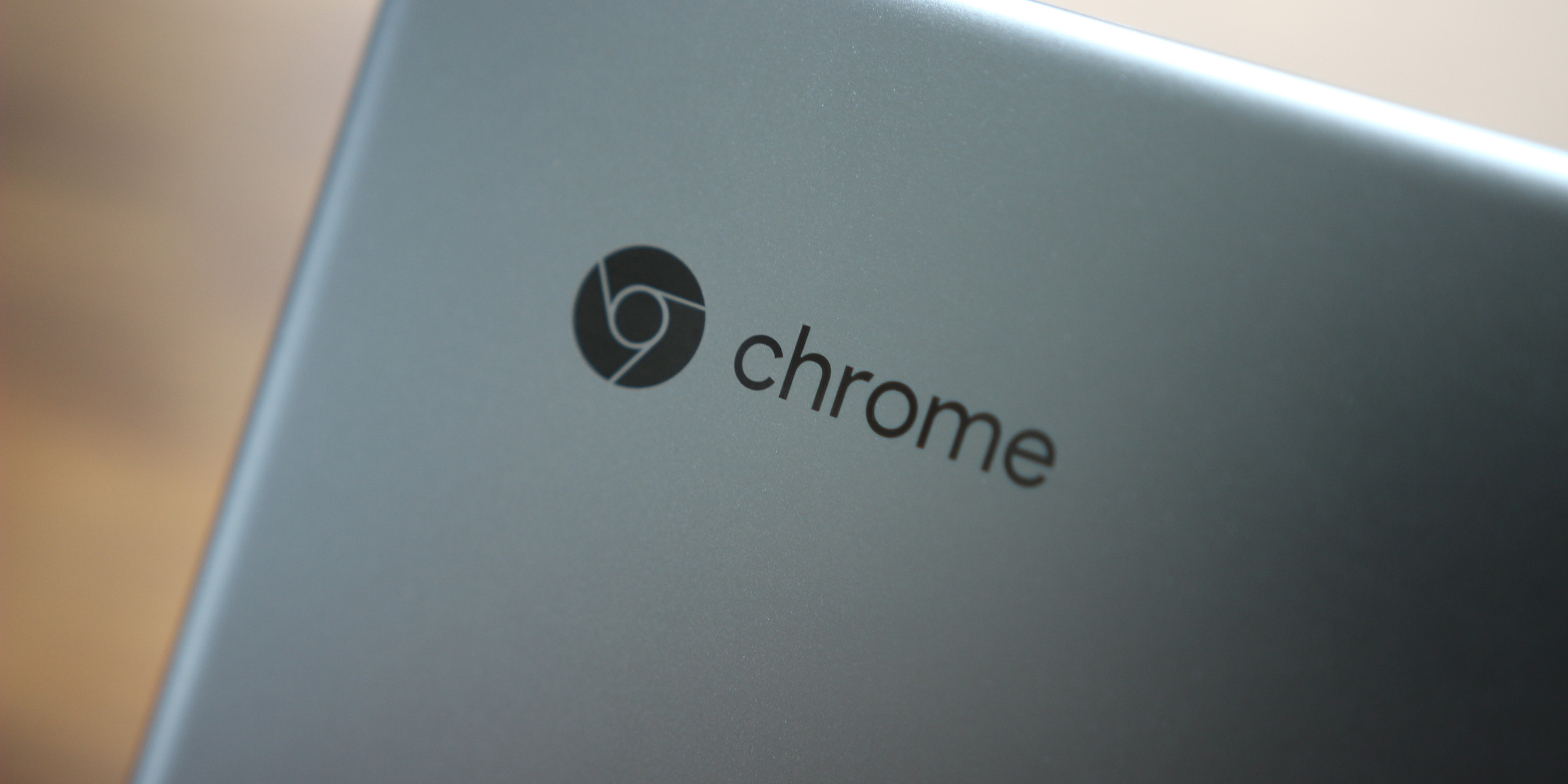
Over the years, Chrome OS has landed on a wide variety of form factors, including laptops, desktops, all-in-ones, tablets, and more. New evidence suggests that Google is looking to bring Chrome OS to another form factor: dual-touchscreen Chromebooks.
In recent years, more and more manufacturers have started experimenting with dual-screen laptops and tablets. ASUS has already released a dual-screen Windows laptop, the ZenBook Duo Pro, and Microsoft has been actively developing Windows 10X, which was initially intended specifically for dual-screen devices, including its own Surface Neo tablet.
With that in mind, it’s not too surprising to see that Google has been working on a Chrome OS device, codenamed “Palkia,” which is internally listed as having two touch screens and a touchpad. We even see that fact exposed in the description of a code change, where a developer describes the locations of the chips that control each screen.
There are two touch screen drivers on the Palkia device. One is at the top; another is at the base.
One interpretation of this description is that “Palkia” has an internal touchscreen like any other cover Chromebook and an external one visible when closed. However, in the code, we find that Palkia has “tablet mode” and the usually necessary hardware sensors are disabled. Essentially, that means we are looking at a clamshell-type device, not a convertible or tablet.
Combining all of this, our interpretation is that this dual-touch screen Chromebook could be built similarly to the ASUS ZenBook Duo Pro, with a second smaller screen under the hinge, but there’s no way to know for sure.
Before you let your imagination run wild too and start saving for a dual-screen Chromebook, signs are currently pointing to “Palkia” as a prototype / experiment, not a product we’ll be able to buy soon.
In a comment about a code change, a Chromium developer suggests that “they don’t need to pay a lot of resources for a POC project.” Elsewhere in the same change, two different developers claim that “Palkia is not an OEM device,” meaning that there is no company like ASUS, Acer or Lenovo that plans to launch this particular Chromebook project.
Instead, it seems that Google is preparing for the future. possibility of Chromebooks that have more than one touch screen, following the trend of Windows laptops (and to some extent macOS) that offer a second integrated screen. Once the hardware support is fully functional, it should be interesting to see how the Chrome OS team decides to handle this type of second screen, if it will be different from simply connecting a second monitor.
Would you use a dual touch screen Chromebook? If so, what would you like to see on your second screen? Let us know in the comments!
More about Chrome OS:
FTC: We use automatic affiliate links that generate income. Plus.
Check 9to5Google on YouTube for more news: